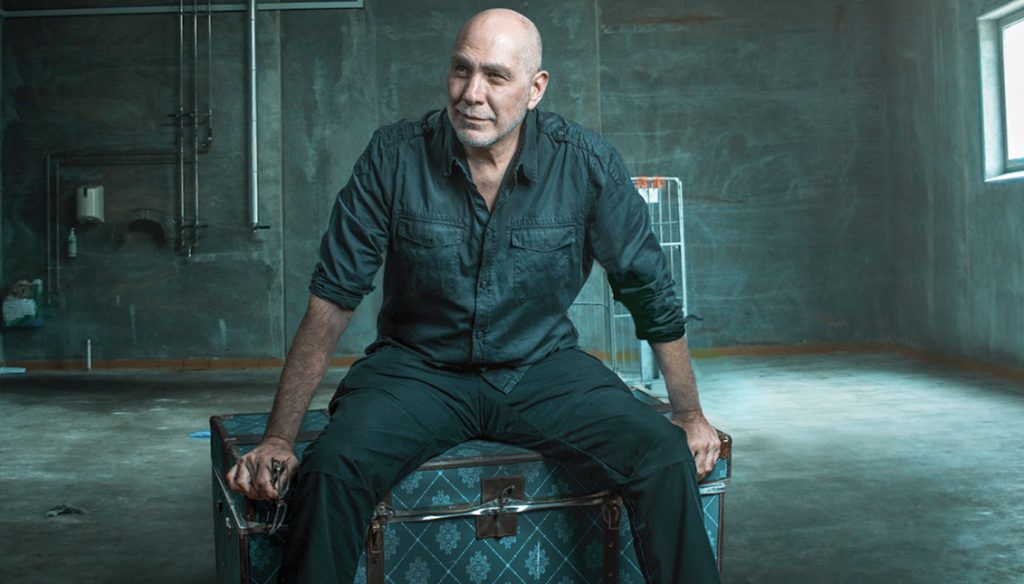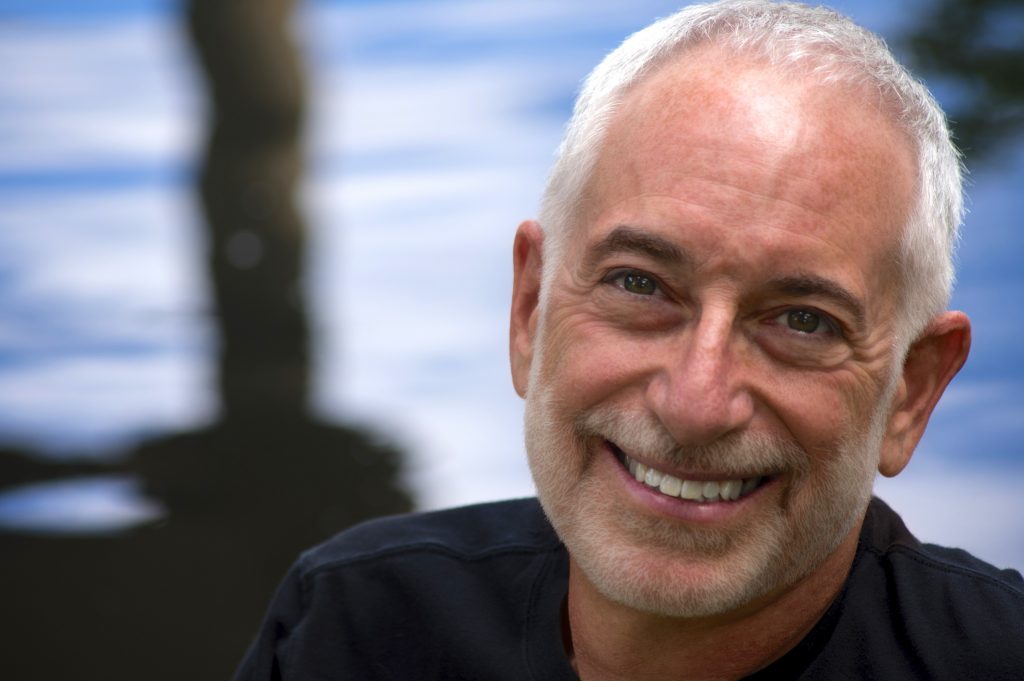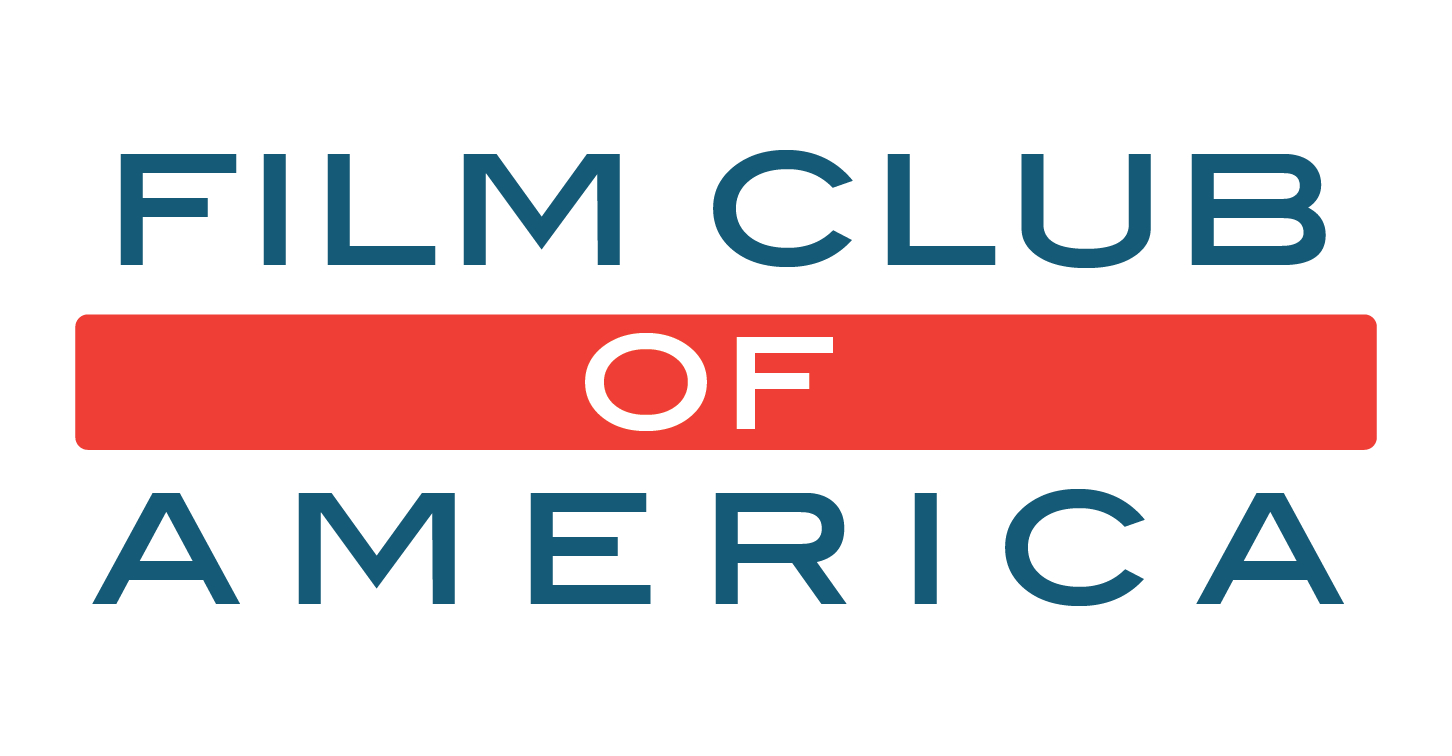Your outline could be killing your screenplay. That’s right, the tool everyone says you must have in order to write a successful screenplay could be doing the exact opposite. More than that, your outline could be making your script less attractive to directors and actors. It could be making it less sellable to producers, or the difference between unending development hell and a brilliant film you can be proud of. It could even be sabotaging your career.
Just to be clear: Not every outline kills every screenplay. But the risk is always there. Why? Because outlines can easily strangle your story, flatten your characters and bind your imagination into a straitjacket.
Whats the problem with outlines?
Outlines force you to plan like an engineer not craft like a storyteller. Story outlines drive you into linear thinking when the most memorable characters and compelling stories emerge from lateral thinking. Outlines lock you and your script into a box when the most exhilarating films are always found outside the box.
In short, outlines manufacture screenplays.
Wouldn’t you rather create your screenplay? Wouldn’t you rather free yourself from the “box” everyone else is writing in? Shouldn’t you do this instead; pitch stories that are more original, imaginative and captivating than any constructed from an outline?
Let’s be clear first.
Before you answer, let me reassure you that you won’t be abandoning three-act structure, beats, plot points and other traditional tools of the craft. What you will be doing, however, is placing those tools where they belong: at the back end of your story creation, not at the front end. You will be using them to revise, polish and refine your screenplays; you won’t be building your story from them.
Perhaps the best news of all is that if you ditch your outline in favor of the approach I’m about to describe, your screenplays will ultimately incorporate the very structural elements you once labored over- organically.
The difference is that your story won’t be constrained by structure and by the outline that put that structure in place. Rather, structure will exist to serve the story you’re telling. Isn’t that the way it ought to be? Isn’t storytelling why we’re all here?
The method which embraces the madness of the mind.
So how do you tell a story for the screen without first outlining it? How do you tell a story for the screen without first prearranging your scenes on index cards? How do you tell a story without first figuring out what that story is?
You just do.
Screenwriter or not, we are all storytellers. That’s what we do all day: We tell stories. We talk about who we are and what we have done,our joys and our challenges. We talk about our loves and our fears. There’s little we talk about that isn’t a story.
Have you noticed that the best of those stories are the one that are spontaneous and unrehearsed? That are open and free-flowing? That ignite your imagination in the telling of them as much as they ignite the imagination of your listeners? It’s no different with the stories you write as screenplays.
Free yourself from the constraint of writing outlines and focus on creativing a story.
Despite its non-prose structure and strict format requirements, a screenplay is no less about igniting imagination and freeing up flow than any other storytelling enterprise.
“I don’t write an outline,” Guillermo Arriaga (Pan’s Labyrinth, The Shape of Water) said in his 2011 BAFTA Screenwriter’s Lecture. “I have no preconception, I have no preconceived ideas, I have just a very vague idea of where the story’s heading and what structure it needs. So the way I write the stories is I sit down and begin writing.”
Generally, Arriaga also has no concept of how his story is going to end, nor does he spend any time “developing” his characters before he starts. He simply starts and trusts that his story and its characters will reveal themselves to him as he writes.

“I want to be as free as possible, to have these things coming naturally.”
Guillermo Arriaga
I didn’t know about Arriaga’s approach when I wrote my first screenplay. What I did know was that traditional screenwriting strategies weren’t going to work for me. I have never planned, plotted or outlined anything — from term papers back in school all the way up to my published novels. Even before I had a formal name for it and began teaching it, I have always written on what I now call the Muse Stream.
Doing some cognitive surfing on the waters known as the Muse Stream.
If you have ever written morning pages or experienced free writing, stream-of-consciousness writing or automatic writing, then you have already dipped your toes into the limpid waters of the Muse Stream. But while those other techniques are prescribed primarily as personal-growth exercises or to prime your creative pump, the Muse Stream is more than that. Much more.
If you dive into it and surrender unconditionally to its current, the Muse Stream will write the first draft of your screenplay for you. It’s that simple.
Try this the next time you write.
Here’s how it works. Type “FADE IN” and start writing what you know of your story. (You don’t have to know anything about your story to create a screenplay on the Muse Stream. However, for the purposes of this article I will assume that you know something, however minimal.)
- Don’t stop to correct spelling punctuation or grammar. There’s a time for editing, revising, fine-tuning and correcting. That time is not in the midst of a burst of creativity.
- Don’t stop to grope for the word that’s on the tip of your tongue or to search for synonyms. Simply leave a blank space or type xxxx and keep going.
- Don’t stop to read what you have already written; that means no rewrites until your next draft.
- Don’t stop to research. Insert a brief note about what’s needed, set aside separate time for research and write on.
- Don’t stop to obsess over your screenplay’s format. Formatting is a finicky left-brain activity that has no place in the freely flowing waters of your Muse Stream. If you are not sure how to format some aspect of your screenplay, jot down a quick reminder to look into it later and continue with your story.
- Resist the need to structure your script, analyze beats or plot points, or worry about scene breaks.
- Try not to count the number of lines in your action paragraphs.
- Don’t stop to worry about consistency or redundancy — in characters, dialogue or settings. You will have ample opportunity to deal with all of those in future drafts.
- Stop monitoring your page count.
In other words, write without stopping. For any reason.
You’re skeptical. I know you are. Sure, I hear you say, the Muse Stream might work on prose, even on poetry. But on a screenplay, with all its quirks and strictures? It can’t be done.
It can.
Here’s why it works.
Surrendering to the Muse Stream means going with first thoughts, committing to the page whatever leaps first into your mind, however wacky it might seem. In fact, the wackier it seems, the more likely it is that your inner censor is interfering with your creative process.
“Wacky” is a judgment. It comes from that fearful, second-thoughts, second-guessing part of you that is trying to protect you from straying into dangerous territory, that is afraid you will be judged harshly for what you are about to write.
The Muse Stream helps bypass that inner critic and get your most creative thoughts onto the page before those logical, analytical, critical, cynical, doubt-filled or judgmental parts of you can stop them.
“You have a lot of doubts when you read in unfinished fragments,” Francis Ford Coppola (The Godfather) told Creative Screenwriting magazine in 2009. “There’s almost a hormone that secretes from writers to hate what they’re writing, so you get fooled into reworking and changing it.”
As Coppola works on a screenplay, he never looks back over what he has already written and he never rewrites until he is ready to start his next draft. He just keeps moving forward. George Lucas is said to work the same way.
“It’s counterproductive,” notes Coppola, “to start judging it before you’ve allowed the whole trip to take place.”

What if the next word simply won’t come?
It happens. Maybe you are coming up to, or are in the midst of an emotionally or technically challenging scene. You could be trying to write dialogue that is counter to the true nature of a character. Maybe you’re overanalyzing or over-thinking part of the story. Or maybe you’re feeling particularly insecure and judgmental.
If you feel stuck, try one of these proven techniques:
- Write anything, even if it means repeating the last word or sentence your wrote over and over and over. Getting any words onto the page will ultimately free up the words of your screenplay. You can discard what doesn’t belong when you get to your next draft.
- Breathe. If you’re stuck in your writing, you’re probably stuck in your breath. Focus on your breath and slow it down, writing “I am breathing in” as you inhale and “I am breathing out” as you exhale. Continue until you relax back into the Muse Stream.
- Switch to prose. If screenwriting’s rigid format requirements are getting in your way, leave them behind for a time. You can convert your prose back into script form once you have regained the thread of your story or at the start of your next writing session.
- Write longhand for a while.
- Get away from your desk — to a park, library or cafe.
- Return to center. Are you trying to control the world and characters of your screenplay instead of surrendering to them? Your story is smarter than you are. So are your characters. Pause to explore where you have refused to trust your characters and their story.
- Move on to another scene or sequence and come back to this one in an hour, a day or a few days.
- Take a break — to research, to work on a different script, to write in a different medium or to do something unrelated to writing.
Riding down the path of old traditions and wisdoms, gets the same old results.
A few years ago on Facebook, a fellow writer challenged my attitude toward outlines and the Muse Stream.
His argument went something like this: “The problem a lot of writers have is not being able to nail down exactly what their ending is before they start. That would be like getting in the car for a weekend getaway and not having any idea where you’re going…just driving aimlessly, wasting a whole of a lot of gas. That’s the value of a map, of an outline: If you know where you’re going, you will get there, and usually in the most direct line.”
I found it ironic that my colleague used the “unmapped drive” analogy to criticize what he sees as the wastefulness of un-plotted screenwriting. Going for a random, unplanned drive is the very example I use in my writing books and workshops to celebrate the magic of exploration and discovery.

Just be quiet and drive.
In my universe, it’s more fun to get in the car, start it up and see where it will take me. Nearly always, it takes me somewhere I could never have imagined going, along a route I would never have thought of traveling.
That unmapped drive is a near-perfect metaphor for what I’m talking about. Can it be scary sometimes? Certainly. Can it feel out-of-control? Absolutely. But those are the places where enchantment dwells, where astonishment resides, where miracles thrive. And what is creativity if not an enchanted journey of wonder, miracle and surprise?
When I write, I sit in the passenger seat of the experience; I leave the steering wheel to the story, because, in a sense, I view the story as its own sentient entity, one that knows its direction and raison d’être far better than I ever could. I know that if I let it take charge, it will introduce me to ideas, characters and situations that my conscious mind would never have thought up…or permitted.
My only job is to get out of the way and trust the driver. My only job is to surrender to the journey. The best way to do that? Forget the outline.
adapted from Organic Screenwriting: Writing for Film, Naturally by Mark David Gerson

Award-winning author of more than a dozen books whose readers span the globe, Mark David Gerson electrifies groups and individuals around the world with his inspiring stories and motivational talks and seminars. Mark David’s books include critically acclaimed titles for writers, award-winning fiction and compelling memoirs. His screenplay adaptations of his Q’ntana fantasy novels are on their way to theaters as a trio of epic feature films. The Bard of Bryn Doon, the fourth story in that series, will be out in 2021.
As a writing coach and “creativity catalyst,” Mark David works with an international roster of clients to help them get their stories onto the page and into the world with ease.
Visit Mark David’s website at www.markdavidgerson.com and follow him online @markdavidgerson and www.facebook.com/markdavidgerson.

